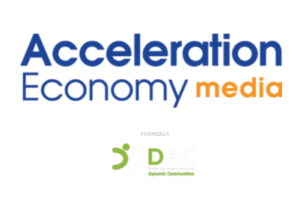Community Summit 2023 Inaugural DEI&B Panel Addresses Inclusive Hiring Practices, Accessibility, Training and Leadership
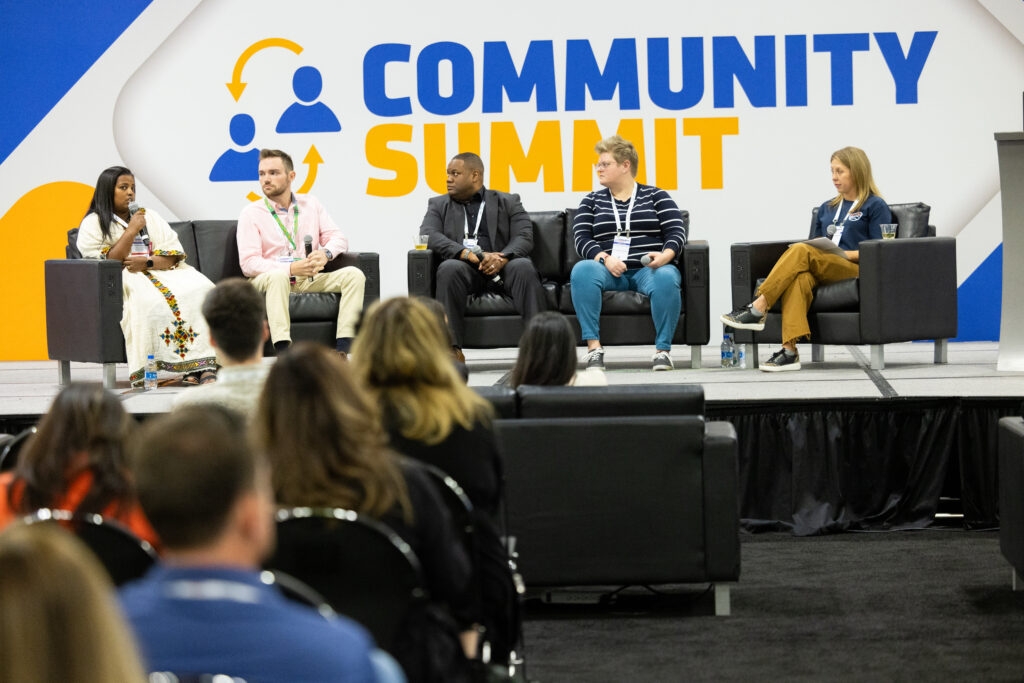
At Community Summit North America 2023, which took place in Charlotte, NC., Dynamics Communities hosted the inaugural Diversity, Equity, Inclusion, and Belonging &DEI&B) Panel on Thursday, Oct. 19. Panelists Will McLendon, Meron Gebremedhin, Lindsay (LMG) Millett-Glass, and Taylor Dorward and moderator Liz McGlennen took to the Legends Stage to spotlight the significance of DEI&B while delivering tangible insights and practical training that can be seamlessly integrated into any organizational framework.
Overview of Panel Structure
During the first 30 minutes of the panel discussion, panelists answered pre-determined questions relating to notions of inclusive and unbiased hiring practices, unconscious bias, organizational tools promoting DEI&B initiatives, leadership, measurement and accountability, and creating accessible workplaces. Specifically, panelists addressed these questions:
- What strategies and tools have you seen effectively reduce bias in the hiring process and create more equitable opportunities for candidates from diverse backgrounds?
- What is accessibility, and what is the best “first step” that hiring managers can take in creating a more accessible and inclusive work environment?
- How can organizations design effective DEI training programs that go beyond compliance requirements and create a culture of belonging and respect within the workplace?
- What are the most significant challenges leaders face when it comes to championing DEI and what strategies can help them overcome these challenges effectively?
In the latter half of the 60-minute discussion, panelists addressed questions that attendees were submitting in real-time, through an online polling tool, Mentimeter. Some of the questions posed by the audience included:
- How can organizations cultivate inclusive leadership? What qualities or behaviors should leaders exhibit to promote DEI&B in their organization?
- How can companies establish meaningful metrics to track progress in DEI&B initiatives? Are there any “gotchas” or pitfalls when it comes to tracking metrics?
- Examples of successful community engagement initiatives that have contributed to improving DEI&B in organizations?
- How do you respond to leaders who shy away from hiring diverse candidates, and challenge the notion that leaders are looking to hire the “best person for the job”?
Hiring Practices
As it relates to hiring practices and reducing bias, Meron shared her perspective as someone who immigrated to the United States in 2017. Rather than focusing on technical skills, employers are quick to point out her accent.
“It doesn’t matter the technical skills… my accent [throws] them off. So instead of what I can give them [with] my skill set, they focus on my broken English.”
When asked what she would like to see more of within hiring practices, she noted that she is hopeful that hiring managers can see beyond the “broken English,” and focus on what “I can bring to the table, [what] I can bring and contribute to the growth to the company.”
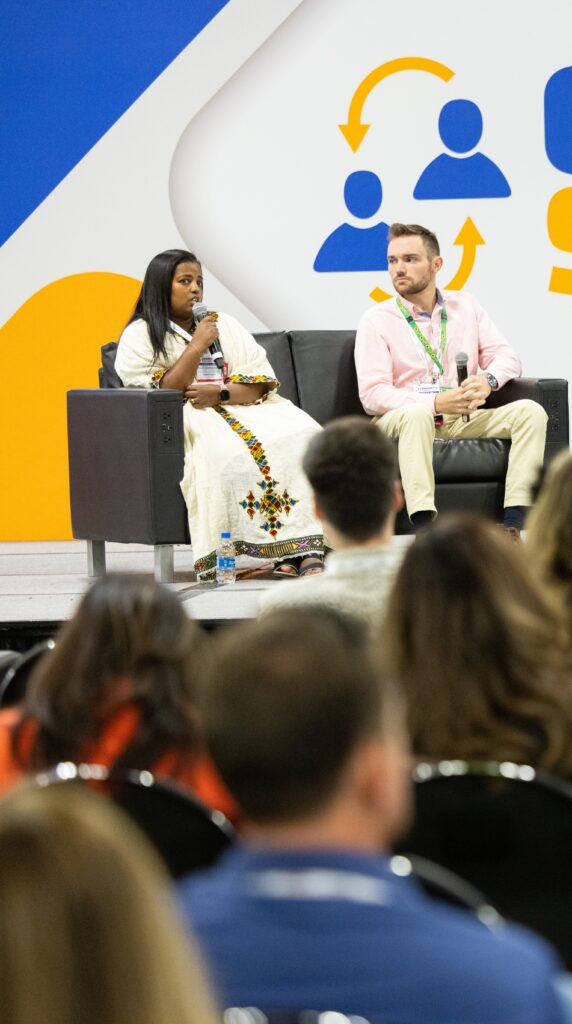
When asked about tools she has seen implemented to reduce bias in hiring practices, Meron explained that she hasn’t seen one. “Instead of allowing us to focus on the technical skill, we have to focus on what we don’t have.”
Lindsay noted that at her company, Stoneridge Software, the Learning and Development team recently trained managers on how to read a resume in a way that fights “the bias that starts to seep in.” To attendees, she added, “I would love executives, especially leaders here in the room, especially hiring managers who are establishing those roles, start calling it [DEI&B] a culture add, and not a culture fit.”
Accessibility
When it comes to defining accessibility, Taylor noted “I’ve seen quite a few different definitions. And they’re all correct in their own way. And I feel like every person who suffers from a disability, and even those who don’t may have their own definition.”
Highlighting the fact that he cannot be a voice for everyone, his definition of accessibility “refers to the design and provision of products, services, environments, and information that can be easily accessed, used, and understood by everyone.” He notes the importance of the word everyone in this definition – accessibility is not just for those with a disability, as “accessibility has the potential to help everybody.”
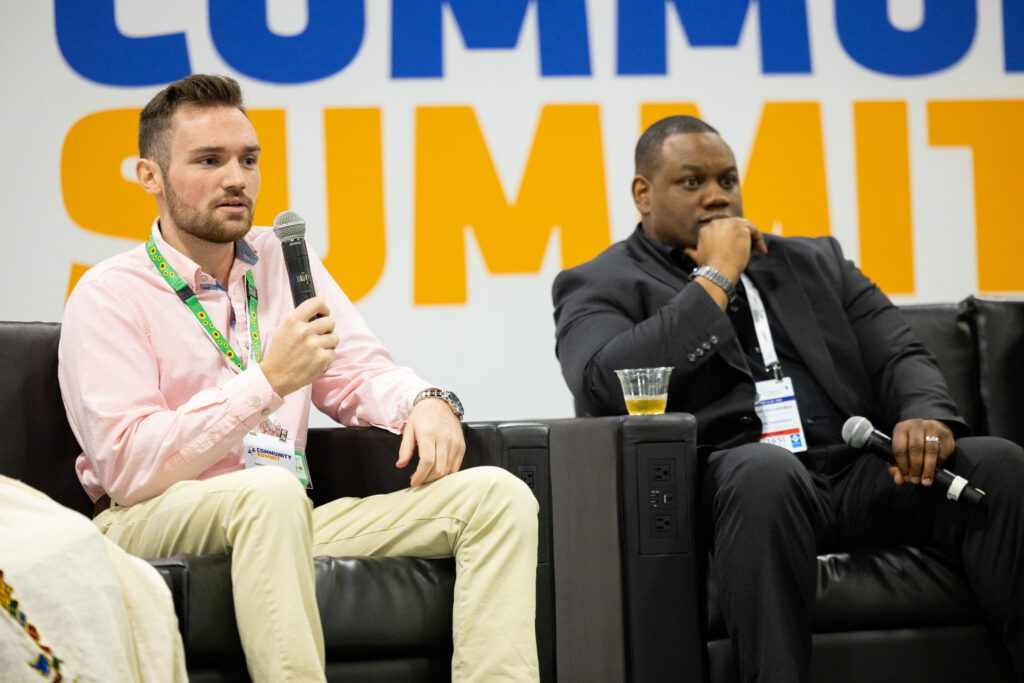
When it comes to hiring practices, Taylor spoke to the concept of hidden disabilities. His own personal definition: “a hidden disability is a disability a person can have, where they have the ability to cloak it or hide it.”
Being visually impaired, Taylor noted that he had hidden his disability before, “that wasn’t more so or because I was embarrassed…more so the situation…that can cause more of an issue, or cause confusion, or I have to explain myself.”
However, he explained how this has evolved over time. “I let everyone know, I’m totally open about it… Because I want to make people who have the hidden disability feel more comfortable being open and honest about it.”
Speaking to successful community engagement initiatives that help promote a culture of DEI&B, Taylor referenced his own Hidden Disability Sunflower (HDS) Badge, which is an indicator of a hidden disability and is a “great initiative that helps both parties when it comes to interactions.” The green lanyards indicate that the individual has a disability, and the white lanyards indicate that the individual is aware and in support of the concept.
Training and Leadership
Speaking to effective training tools that organizations can implement to foster a culture of DEI&B, Lindsay referenced the app, Everyday Inclusion. Everyday Inclusion allows employees to implement DEI&B across their organizations every day, sending daily “Inclusion Nudges” to individual mobile devices. “You can incorporate that learning into your life every day, that’s what starts helping you be more mindful.”
Will McLendon spoke to strategies that leaders can implement to “champion” DEI&B initiatives and principles. He first noted how the idea of DEI&B is highly politicized, but, “in a nutshell, it’s giving everybody a shot. Nothing more, nothing less…it’s not a political movement.” The strategy to combat this? “It’s simple. Knowledge.”
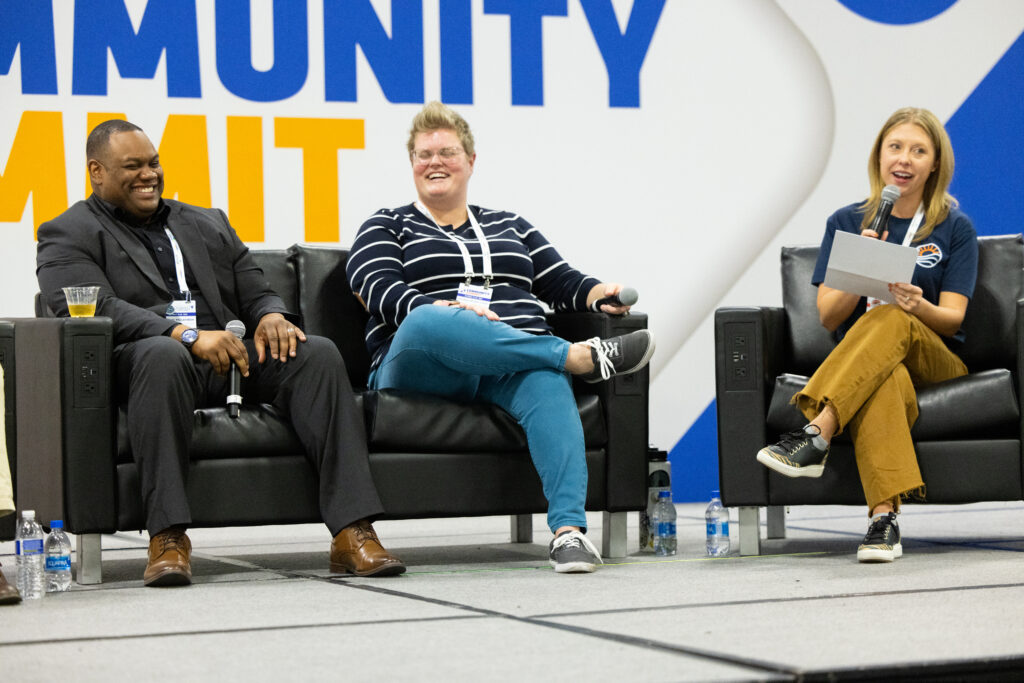
From a business perspective, he explains, “all we’re doing is we’re trying to diversify our workforce and opening up our talent pool.” Similarly, an organization’s employee pools should reflect the people they’re selling to or the people they’re serving. “So in order to do that, you have to open up your options, hence DEI&B.”
Answering questions from the audience, Lindsay spoke to behaviors or traits leaders should exemplify to instill a culture of DEI&B in the workplace. “I have a fairly simple answer for this. Just empathy. That’s all it takes, being understanding of other people’s situations.”
When it comes to metrics, yes, data is valuable. But, who decided on that data? Humans, who are riddled with bias – conscious or unconscious – and emotion. “We can’t ignore the feelings when we’re talking about [DEI&B]. If we’re going to quantify, we’re only going to be looking at certain metrics.” Numbers can sometimes be tricky, notes Lindsay. She suggests that organizations “establish principles, not laws, but principles that help lead to a diverse workforce.”
Final Thoughts
The DEI&B Panel at Community Summit North America 2023 brought to light the crucial aspects of fostering an inclusive workplace culture. The panelists delivered insightful perspectives and practical solutions during the engaging discussion, emphasizing that embracing diversity is more than just a buzzword, but a strategic imperative for organizations aiming to thrive in an increasingly diverse world.
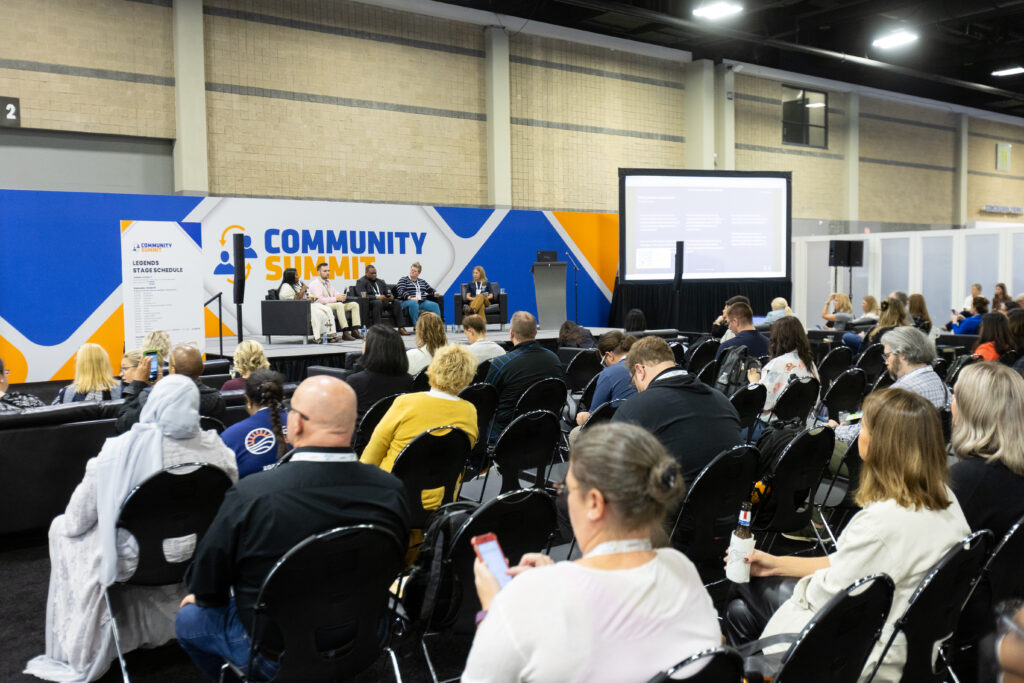
Additionally, the panelists answered the remaining questions submitted by the audience in a post-panel virtual discussion. Stay tuned for the full-length debrief, in which panelists speak to the following questions:
- What can Allies do to foster DEI&B in our workplaces?
- How can we use our finance systems to track the metrics of our business partners (i.e. are our vendors women-owned, etc)?
- How would you recommend assisting upper management with realizing they have an unconscious bias?
- What other tools would you recommend for hiring, retention, and support?
- How do we encourage our employers to speak out on DEI&B issues and social justice causes?


